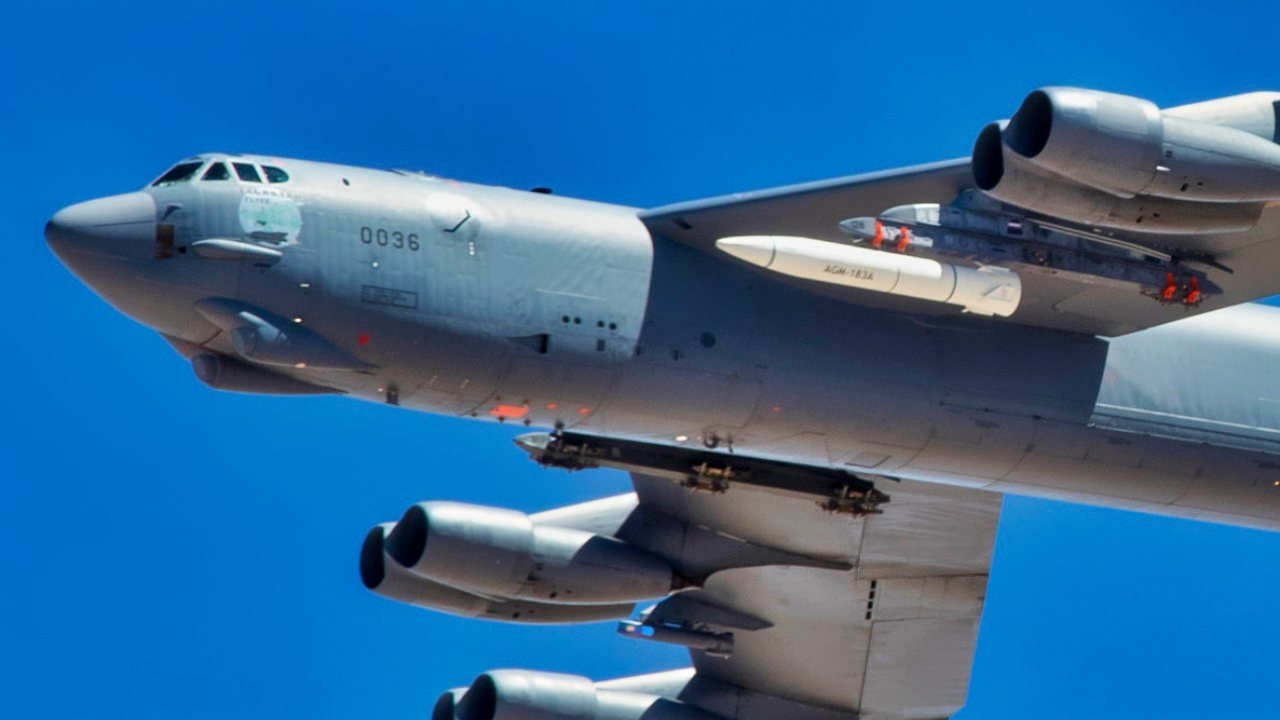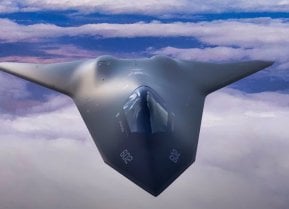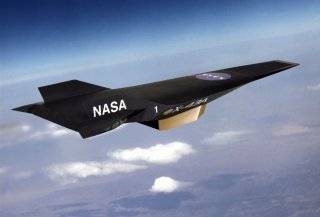X-24C: A Mach 6 ‘Scramjet’ the U.S. Air Force Said No Way To
Summary and Key Points: The U.S. Air Force and NASA's X-24C program in the 1970s aimed to achieve hypersonic flight using scramjet technology, with speeds over MACH 5.
-The X-24C was envisioned as an ultra-fast manned spaceplane, capable of reaching MACH 12.
-Despite promising developments, the program was canceled in 1977 due to high costs and extended development timelines.
-However, the scramjet technology pioneered in the X-24C project paved the way for modern hypersonic weapon systems like the Hypersonic Air-breathing Weapon Concept (HAWC) missile, keeping the U.S. competitive in hypersonic flight.
The X-24C: America’s Forgotten Hypersonic Pioneer
Everybody thinks that hypersonic weapons or airplanes are new. Many of today’s breathless commentaries extol the virtues of hypersonic flight as the flavor of the month and the apogee of 21st-century warfare.
But what if I told you that the United States was working on a hypersonic scramjet airplane almost 50 years ago? You may not believe that this ultra-fast airplane almost came into being. Hypersonic means flight at speeds over MACH 5.
Scramjet technology is one of the most promising ways to achieve those speeds. This is the story of how the Air Force and NASA tried to enter an airplane that could join this exclusive club of hypersonic flight.
X-24C - Let’s Do Hypersonics Again
The X-24C was the name of the ultra-fast manned spaceplane. In the late 1960s, Lockheed Skunk Works looked for something to replace the rocket-powered X-15 hypersonic research program that could hit MACH 6.7. By 1968, the Lockheed engineers sought to give birth to a new baby that could hit hypersonic speeds again. The Air Force and NASA had a $200 million budget to play with.
Rocket Engines Started the Scramjet Sequence
Two X-24C craft, officially called the National Hypersonic Flight Research Facility airplanes. NASA Langley looked at two models. One was capable of MACH 12 and the other of MACH 8. These were to fly 100 missions. Originally dubbed the L-301, the X-24C aircraft had the LR-105 engine that was installed in the Atlas rockets. Then another hydrogen-fueled, air-breathing ram/scramjet (supersonic-combustion ramjet) engine mounted underneath shot the craft forward at amazing speeds.
As Sandboxx News described it, “A scramjet, in its simplest form, uses the immense pressure created by air flowing into the engine at supersonic speeds to handle compression, making it a far more efficient means of propulsion at such high velocities.”
X-24C - Maybe Too Ambitious
The Air Force preferred first to build a MACH 3 to 5 test vehicle and then push the speeds upward incrementally until reaching hypersonic flight. Astronautix.com recounted the chain of events for development. “By July 1974 NASA and the Air Force selected the FDL-8 lifting body configuration. Two versions were proposed: one with cheek air intakes and air-breathing engines, and one with the XLR-99 rocket engine of the X-15.”
X-24C Gets the Axe
This never came to be. By the end of 1977, the L-301 program and its proposed X-24C were canceled, likely due to the expense and long-lead time for producing the aircraft. It’s too bad. Had the United States continued to develop the scramjet technology and produced the hypersonic crafts, the Americans could have leapt ahead in that realm and sprinted past China and Russia.
But Scramjet Technology Is Still Alive
As it stands, the United States tested a scramjet hypersonic missile in 2013. In 2021, there was a successful test of a Hypersonic Air-breathing Weapon Concept (HAWC) missile that used scramjet technology hitting MACH 5. It is built by Raytheon and Northrop Grumman with the program overseen by DARPA. These missiles are launched from airplanes.

In July of 2021, DARPA had another promising evaluation of the scramjet powered HAWC missile with another test flight completed early this year. Now, engineering is done digitally – a far cry from how engineers had to interact with the technology during the days of the X-24C. The Americans can point back to the X-24C as the research program that helped spawn this technology and allowed the United States to ultimately catch up to Russia and China in hypersonic flight development.

Expert Biography
Dr. Brent M. Eastwood is the author of Humans, Machines, and Data: Future Trends in Warfare. He is an Emerging Threats expert and former U.S. Army Infantry officer. You can follow him on Twitter @BMEastwood. He holds a Ph.D. in Political Science and Foreign Policy/ International Relations.
All images are Creative Commons.


